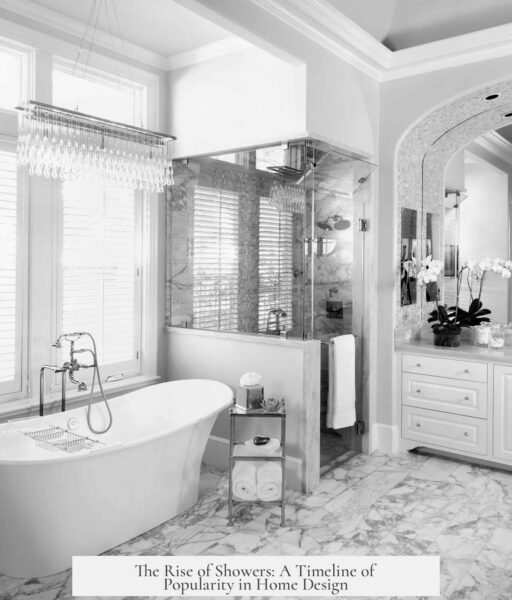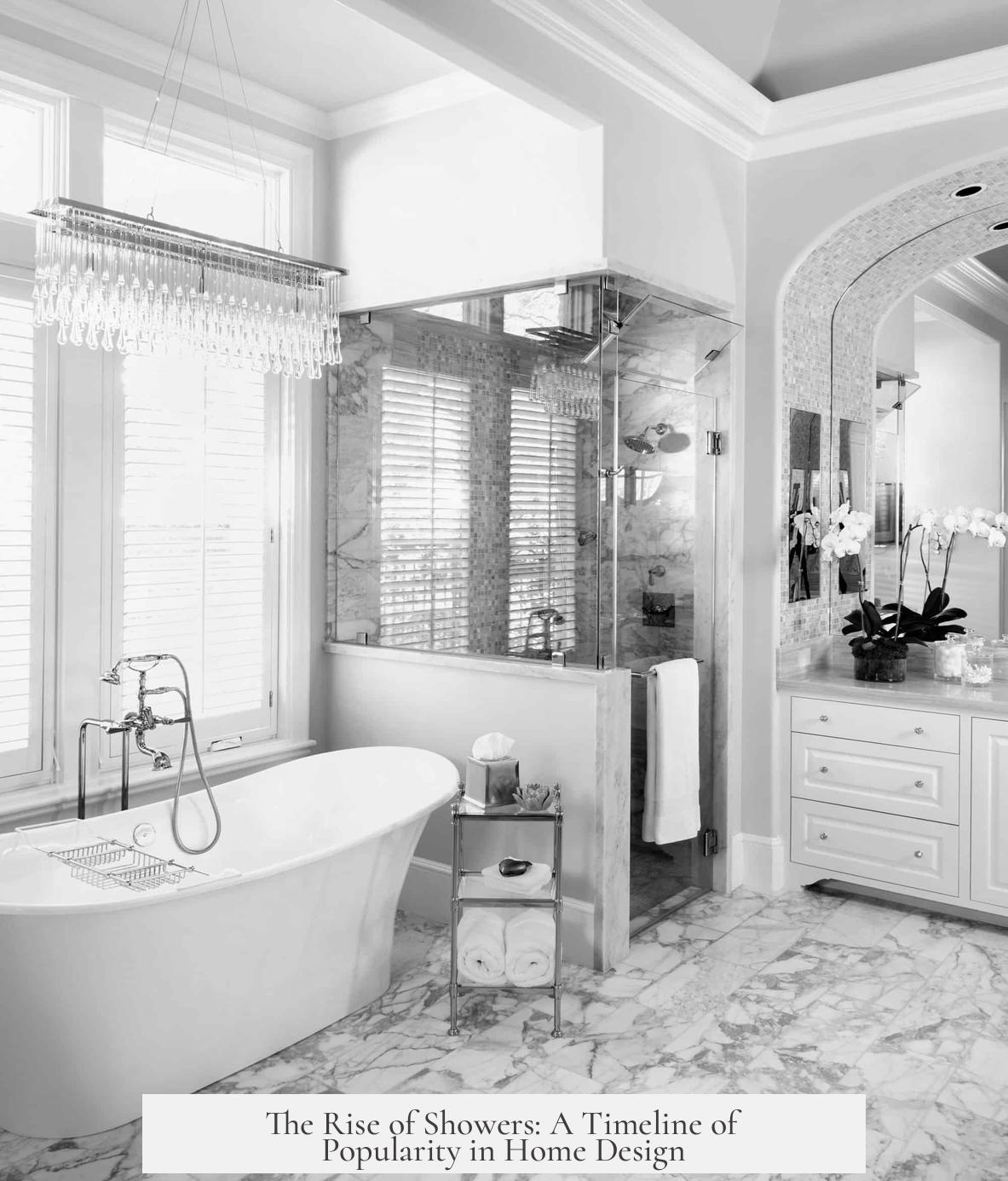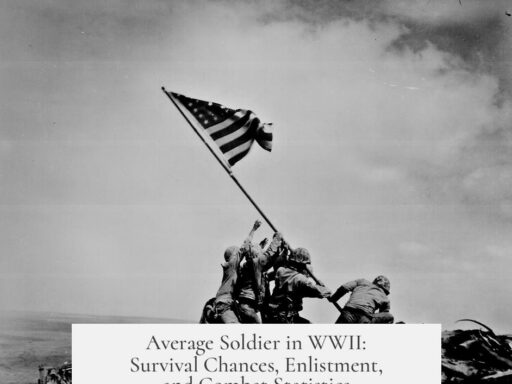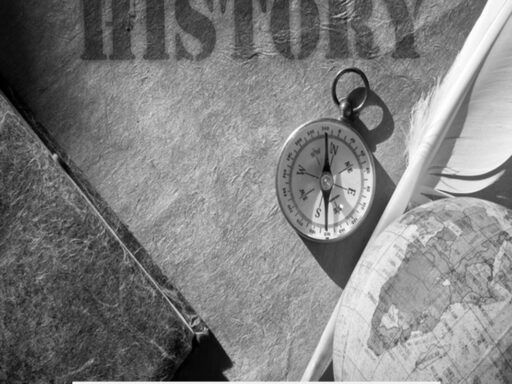Showers became popular in different eras depending on cultural, technological, and social developments. Their use dates back to ancient times but widespread domestic adoption happened much later.
Initially, natural waterfalls served as the first showers. Humans used flowing water from falls to cleanse more effectively than stationary pools. These natural showers delivered fresh, clean water that had run through minerals and higher ground, making it less stagnant and less risky than still water sources.
In ancient Greece, showers as we know them first appeared. The Greeks innovated by channeling clean water through lead pipes into communal shower rooms. These facilities served people from various social classes and resembled modern locker-room showers. Excavations from the city of Pergamum confirm this early form of showering. However, these shower rooms declined after the fall of the Roman Empire, and public bathing shifted more toward baths.
The modern concept of a shower came much later. William Feetham patented an early shower device in London in 1767. His invention included a pump system that pushed water through a pipe overhead and released water by pulling a chain. Although similar systems likely existed before, Feetham’s patent marks the start of mechanized showers resembling today’s versions.
Showers gained further popularity in the 19th century. They were introduced into French military barracks in the late 1800s to improve hygiene for soldiers. Following military adoption, public bathhouses began installing showers. For example, Vienna opened its first public bathhouse with showers in 1887. Parisian elites embraced showers soon after, decorating pipes to blend with interior designs.
Despite public and elite use, showers did not become standard in private homes until the early-to-mid 20th century. From the 1920s to the 1950s, they shifted from luxury items or military tools to common household features. Before then, most working-class people depended on bathhouses or hand washing with basins. Installing a shower required plumbing and water supply infrastructure, which became more accessible during this period.
| Era | Shower Use | Details |
|---|---|---|
| Ancient Times | Natural waterfalls | Used by humans for cleaning with fresh flowing water |
| Ancient Greece | Communal showers | Water piped via lead pipes to public shower rooms (city of Pergamum) |
| 1767 | First modern shower patent | William Feetham’s pump-operated shower system in London |
| Late 1800s | Military and public baths | French army barracks and Vienna public bathhouses install showers |
| 1920s–1950s | Household adoption | Showers become common in homes, replacing bathhouses for everyday washing |
The overall trend shows showers evolving from natural water sources to sophisticated indoor plumbing. Ancient Greeks pioneered public showers long before modern plumbing technology. Feetham’s 18th-century device began mechanized showering. Military hygiene concerns drove further adoption. Urbanization and plumbing advances in the 20th century made showers widely accessible in homes.
Moreover, cultural attitudes toward cleanliness influenced shower popularity. Public bathhouses provided communal access in cities before private showers became practical. The shift from baths to showers coincided with modern ideas about personal hygiene efficiency and convenience.
In addition to historical use, relevant discussions appear in academic and historical podcasts, such as the “AskHistorians” episode on cleanliness in early United States. These highlight social and technological factors shaping bathing habits over centuries.
- Natural waterfalls served as earliest showers for humans.
- Ancient Greeks built communal showers with lead-piped water.
- 1767 patent by William Feetham introduced the modern shower design.
- Late 1800s saw showers in military barracks and public bathhouses.
- Showers became mainstream in households between 1920s and 1950s.




